sebaceous cyst dog Photo credit Nick Bommarito A sebaceous… Flickr

PUScam!! K9 with sebaceous cyst lanced on bridge of nose in SloMo YouTube
The overall health of a dog is often reflected in their skin. Dogs can get lumps, bumps, and cysts from normal aging, or they can be signs of a problem. There are two major types of lumps and bumps on dogs: malignant (cancerous) and benign (not cancerous). However, you can't tell the type or severity of a growth just by looking at it.

sebaceous cyst dog Photo credit Nick Bommarito A sebaceous… Flickr
What is a cyst on a dog? "Cysts are by definition. hollow spaces within tissues that contain a liquid or solid material filled with a secretion or breakdown of cells," Marvel told The Dodo. Most cysts aren't cancerous, but "occasionally, a cyst may appear inside a cancerous area," Marvel said. Common types of cysts on dogs
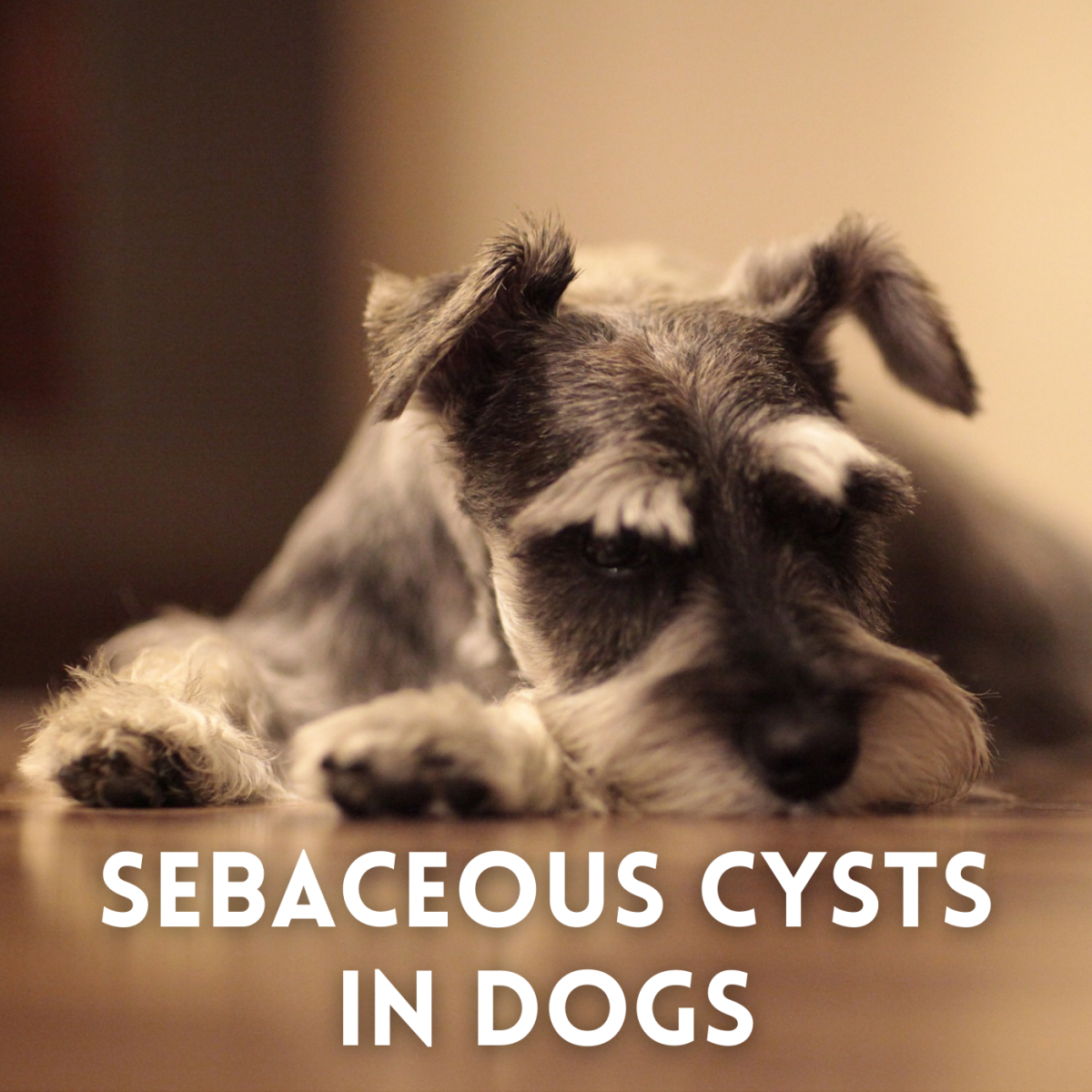
Understanding Sebaceous Cysts in Dogs What Are They and What Should You Do? PetHelpful
Dogs usually get cysts because a hair follicle becomes clogged with debris and fills with a combination of dirt and the waxes and oils that keep the skin barrier intact. This is known as a follicular cyst. A sebaceous cyst, on the other hand, is when the sebaceous glands in the skin that produce these waxes and oils (known as sebum) become.
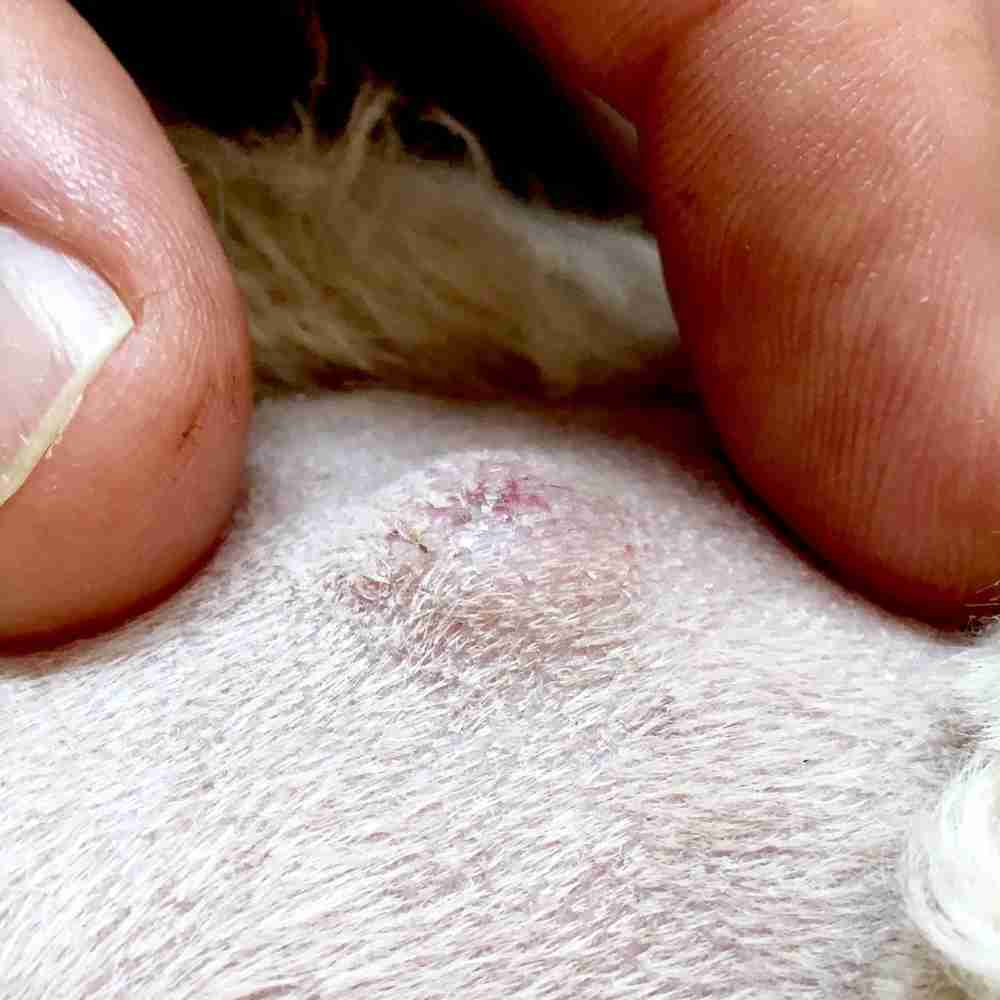
Help! Is it a Lump, Cyst or Growth on my Dog? Walkerville Vet
Types of Cysts on Dogs. Dogs are susceptible to a variety of cyst forms. Listed below are a handful of the most typical causes: Sebaceous cysts: A ruptured sebaceous cyst on dogs is the most prominent type of cyst in dogs and forms in the sebaceous glands in the skin. They can appear anywhere on the body and are frequently filled with white.

1/2 inch cystlike growth on son's dog's foot she is not bothered by it, cannot squeeze it and
What Is A Cyst? A fluid-filled lump on your dog is a cyst. A cyst is a closed sac or pouch in the body that contains fluid, gas, or semi-solid material. Cysts can form anywhere on a dog's body including the skin, paws, internal organs, and bones.

My dog had a Sebaceous cyst rupture on her back yesterday. I cleaned it with warm water compress
By Dr. Pippa Elliott, BVMS, MRCVS Aug 2, 2019 Fluid builds up inside skin cysts in dogs, causing a swelling on the surface of the skin. Photo: Dr. James Askew, DVM Does your dog suffer from skin cysts? Or perhaps you've found a skin lump and you're not sure whether it's a cyst or not.
Shelter Pets Rule Hair follicle cyst out of control.
Sebaceous Cysts. Plugged oil glands cause these common cysts in your dog's skin. They can resemble a pimple and may feel like a hard, raised bump. A sebaceous cyst may go away on its own after being expressed. However, if it comes back or becomes irritated, it may need to be removed by your veterinarian.

Sebaceous Cyst Drainage Dog Best Drain Photos
Follicular Cyst. Follicular cysts arise from the hair follicles of dogs, and they can be found on many parts of the body, especially the muzzle. Follicular cysts are small, round lumps slightly firm to the touch. They are typically filled with a thick material known as keratin, which may ooze out if the cyst is punctured.

Sebaceous Cyst Dog Picture PetsWall
Soft Tissue Sarcomas Squamous Cell Carcinomas Sweat Gland Tumors Tumors Originating Outside the Skin (Metastatic Tumors) Undifferentiated and Anaplastic Sarcomas Warts (Papillomas) For More Information Tumors are abnormal growths of cells. Tumors affecting the skin or the tissue just under the skin are the most commonly seen tumors in dogs.
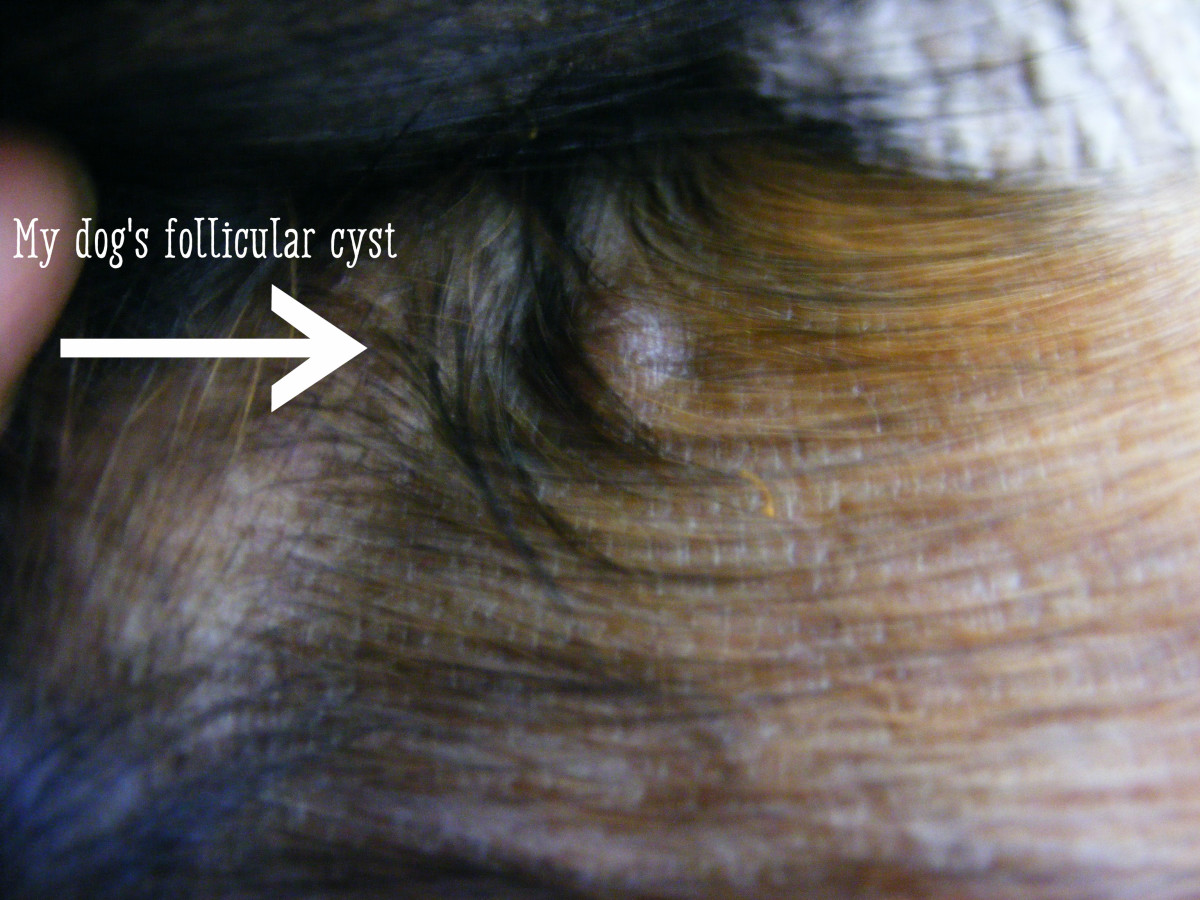
Understanding Sebaceous Cysts in Dogs What Are They and What Should You Do? PetHelpful
1. Lipomas (Fatty Tumors) Lipomas are a natural part of aging in dogs. These are more commonly visible in older dogs. Some middle-aged dogs also have lipomas. These fat-filled tumors are the most common benign lumps in dogs and grow beneath the skin. 2. Follicular Cysts As the name implies, this type of cyst starts from the hair follicles.
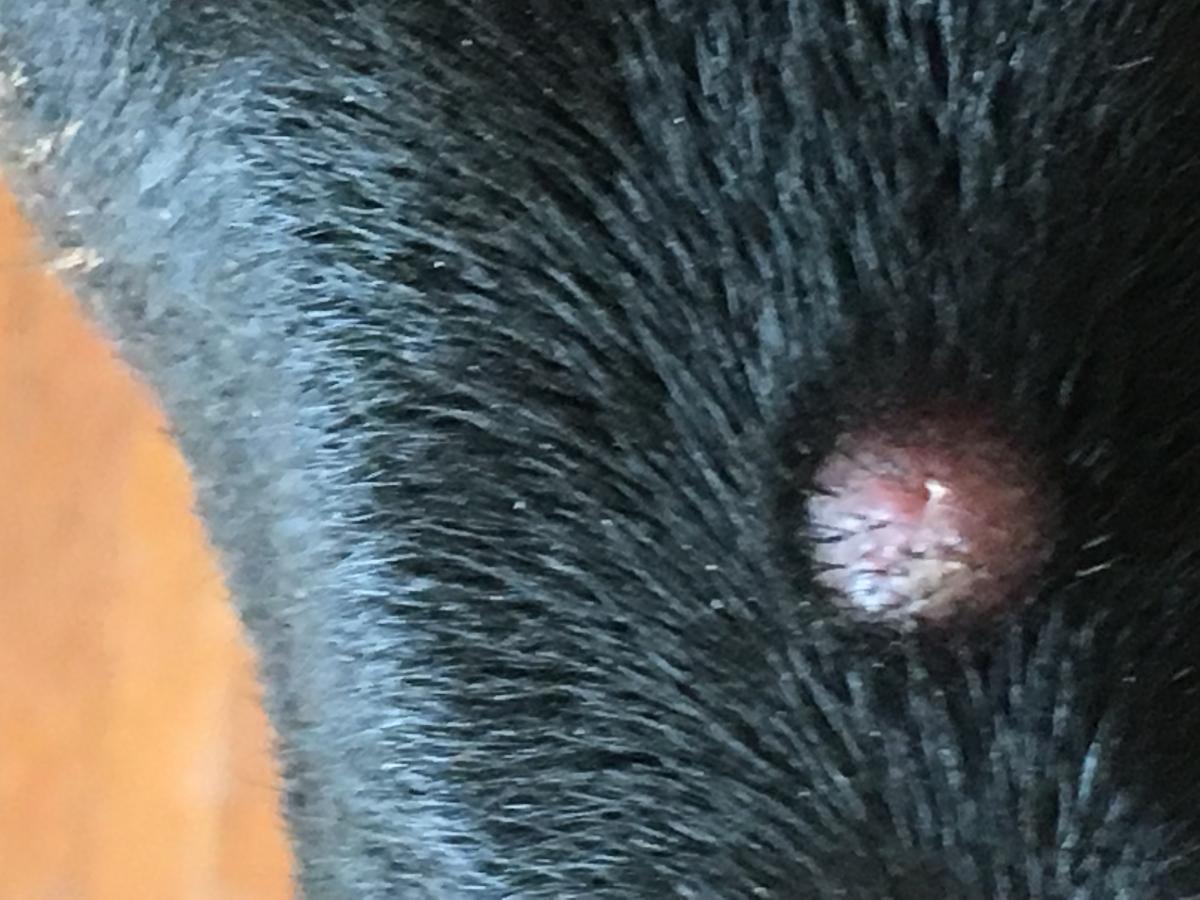
Cyst Page 1
6 Types of Cysts on Dogs (with pictures) 1. Sebaceous Cysts Sebaceous cysts are very common in dogs. These cysts are hollow spaces filled with sebum. They develop inside and near the sebaceous glands in the dog's skin. These glands are located under and around the hair follicles and serve to moisturize and protect the skin barrier.
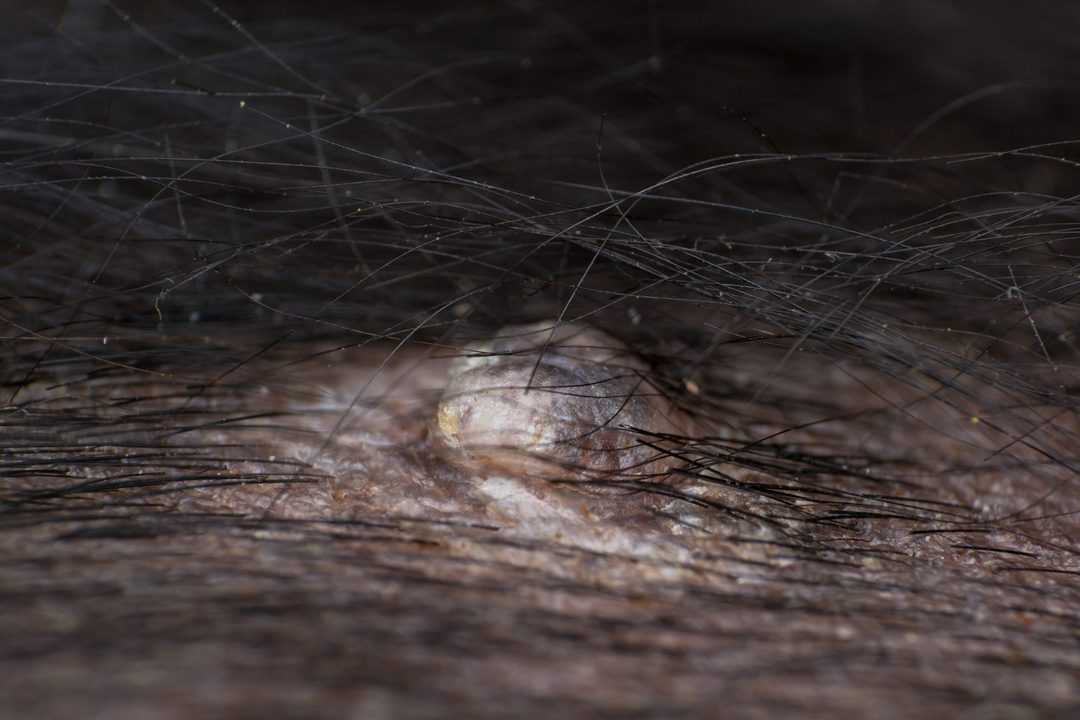
How to diagnose and treat sebaceous cysts in dogs
Pictures of Tumors, Cysts, Lumps, and Warts in Dogs 1. Lipomas This mass is made up of fat cells. It is commonly found on a dog's chest or abdomen but may also appear under the skin. It is non-cancerous, soft, and movable. 2. Mast Cell Tumors Mast cell tumors are either white or pink, and they can be cancerous.
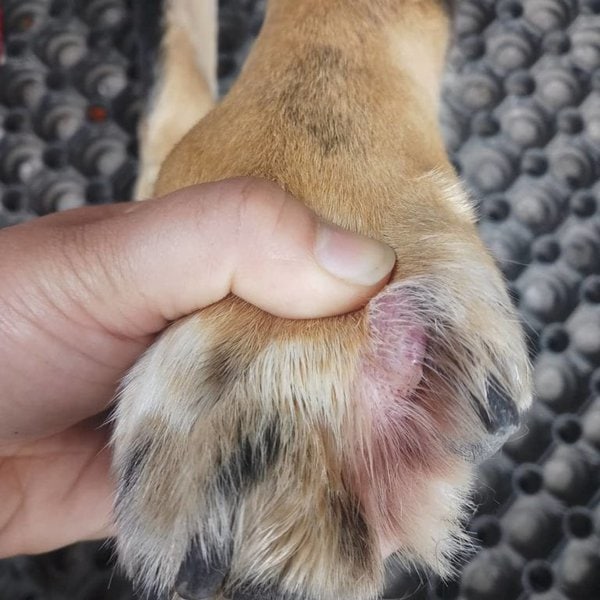
Interdigital Cysts In Dogs Causes, Treatment And Prevention Tips The Goody Pet
What Does a Sebaceous Cyst Look Like on a Dog? A sebaceous cyst typically appears as a small, raised, well-defined round structure in the skin. Usually these cysts are solitary, but some dogs may be prone to getting several cysts in the same area of the body. A sebaceous cyst may f eel firm or filled with fluid.

13 Pictures of Dog Tumors, Cysts, Lumps & Warts Bubbly Pet
1. Lipomas 2. Sebaceous Cysts 3. Interdigital Cysts 4. Mast Cell Tumors 5. Mammary Gland Tumors 6. Melanomas 7. Squamous Cell Carcinomas 8. Soft Tissue Sarcoma 9. Anal Gland Tumor (Adenocarcinoma) 10. Warts 11. Skin Tags Author Pictures of common cysts, tumors, or growths in dogs

How to Treat Cysts on Dogs Whole Dog Journal
Sebaceous cysts can appear anywhere on your dog's body. In very young dogs, sebaceous cysts will usually appear on the top of their heads. For dogs of all ages, the most common locations are the head, neck, chest, and upper limbs. Also, dogs can get a similar type of lump on the margin of their eyelid. These occur when secretions from the.

Pin on Cysts
The Spruce / Kelly Miller In This Article What Are They? Symptoms Causes Diagnosing Treatment Prognosis Prevention It's common to find lumps and bumps on all types of dogs. Growths, tumors, cysts, and masses can appear on dogs at any age, but they are among the most common health issues seen in older dogs.